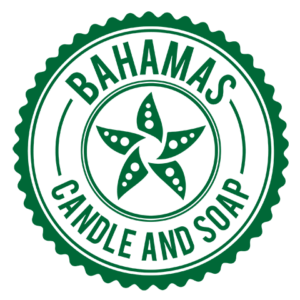When it comes to making cold process or hot process soap there will be a time when you have to use multiple oils. Its not though of to be an issue until you reach that point for the first time.
Combining multiple oils together for a soap recipie is a good idea however maintaining the recipe preciseness becomes an issue if you do it incorrectly.
So how do you combine multiple oils toghether when making soap? There are two methods. 1 – measure out each oil separately adding .5 extra then combine them or 2-the advanced way of precise pouring diretcly into the mixing bowl.
If you ara a novice at soap making, in other words you have not atleast made about 75 loaves of soap as yet. I recommend you stick with measuring out your oils separately and then combining them together. Making a mistake of adding directly to the bowl will take some time to master.
Remember you can add but you cant take away from that mixing bowl once the oil is added but lets take a closer look at how both methods work.
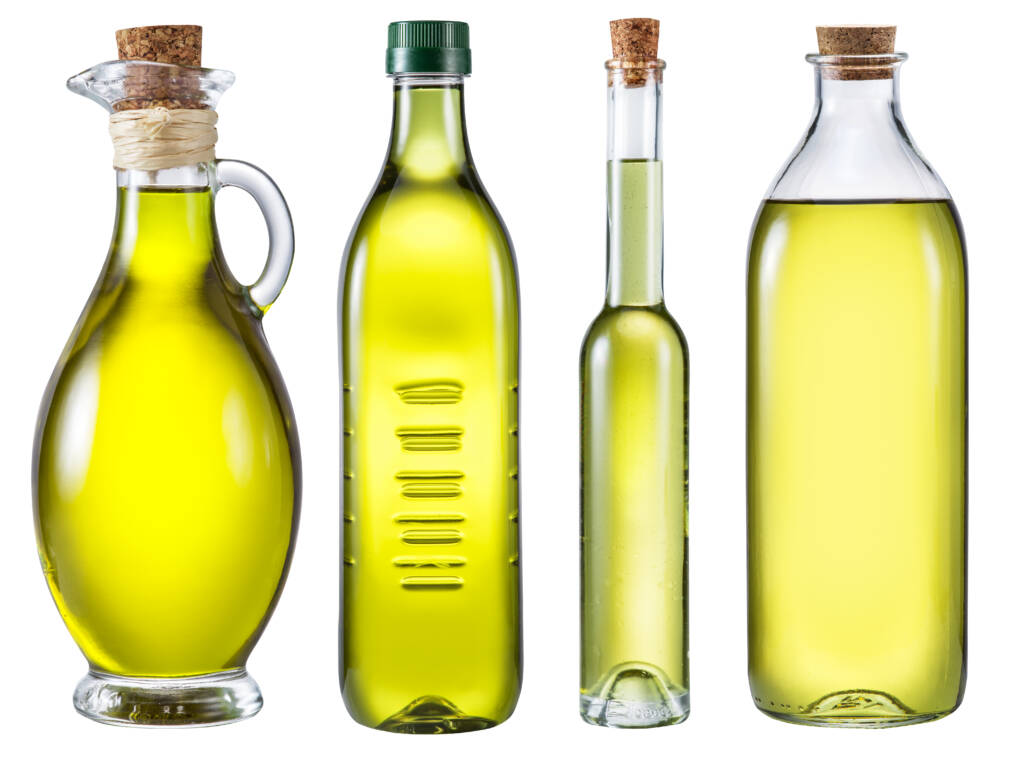
Method 1 of combine multiple oils for soap making – separate containers
The skill of combining oils together for cold or hot process soap making will be a skill you will use pretty much every time you make soap. Knowing the safest way and the quickest way is good especially when you reach advanced soap making techniques.
I highly recommend you start with separate containers for multiple oils and as you become more confident switch to method two of adding all in one bowl.
For this example lets take a recipe that calls for 5 different oils.
- Olive Oil
- Coconut OIl
- Sweet Almond OIl
- Cocoa Butter
- Castor Oil
These five oils are basic oils and are easy to find relative to other oils such as Jojoba oil. Lets also develop oil amounts as if we were making a particular soap recipe. Activated Charcoal soap as listed in our soap recipe list will work just fine.
- Olive Oil – 30% 9.90oz
- Coconut OIl – 40% 13.20oz
- Sweet Almond OIl – 15% 4.95oz
- Cocoa Butter – 10% 3.30oz
- Castor Oil – 5% 1.64oz
Prioritize your oils based on weight
In this recipe we see that coconut oil requires the most oil at 13.20oz. Next in line is Olive oil then almond oil, cocoa butter and lastly castor oil.
Because there are 5 oils you dont need 5 different containers for each oil but instead 4 separate containers and your mixing bowl will make 5.
Pour the largest amount of oil into the mixing container, this will be 13.20oz of coconut oil. In a separate container measure by weight the following
- Olive Oil – 9.95oz
- Sweet Almond OIl – 5oz
- Cocoa Butter – 3.8oz
- Castor Oil – 2.14oz
WAIT A MINUTE – Those amounts are not the same!!!
NO they are not the same. When separating oils into different containers you add .5oz of oil to the required amount. The reason for this is simple. When you pour the container oils into the mixing bowl there always a bit of oil left in the container.
Depending on the width and depth of the container this amount actually varies between 0.25-.5oz of oil in the container.
When you add that up for 4 different oils if you were precise with your weight you would loose between 1-2oz of oils that could be converted into soap. It may not seem like much but in advaced soaping every ounce counts.
Its good to keep this practice as you progress.
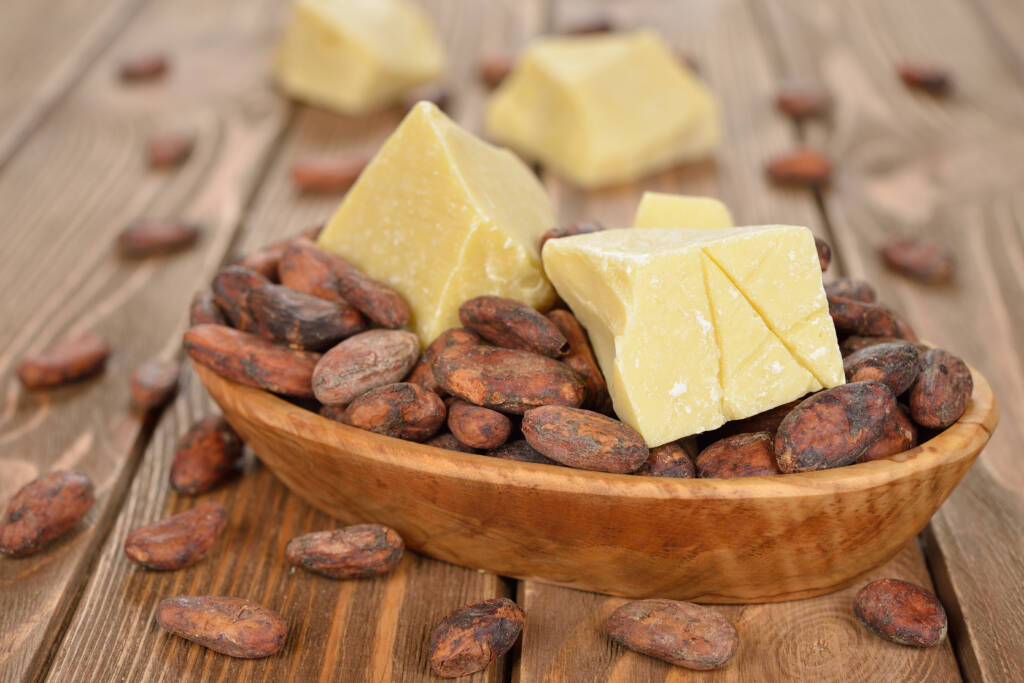
What to do with hard oils?
When it comes to the skill to combine multiple oils, hard oils are those oils that are more solid at room temperature. However room temperature is realtive to your location. A good example is the use of coconut oil. It is typically a hard and soft oil. The 76deg coconut oil melts at 76 degrees farenheit.
This means if your room is warmer than 76deg F your coconut oil will be liquid and clear. However if your room is cooler that 76deg F chances are your coconut oil will solidify and act like lard or a butter the cooler it is.
Cocoa butter and shea butter are known hard oils Olive, almond and castor oil are known soft oils while coconut and palm oil acts as the in between depending on temperature.
Of course extreme temperatures will change this narrative but we are considering within normal warm to cool climates.
With hard oils… like shea and cocoa butter you will have to break off or scoop up chunks to put into your container to measure. Although it may stick to the sides or top it will still register on the scale so no need to worry.
Once you have measured your hard oil or butter place it in the microwave and heat it at 30 second intervals stiring as it melts. The stiring will allow the unmelted oil or butter to interact with the hotter melted oils and cause it to melt.
This aldo reduces the chances of having super heated oil.
Combine multiple oils – what to do with small oil amounts?
In this example we have a measurement of 1.64 for castor oil which equates to 2.14oz in the container. Such small amounts will not require a large container hence using small disposable food containers help in a big way.
They come in all sizes ranging from 60ml/2oz up to 3500ml/118oz. The 2oz sizes will do just well. They can also be used to mix colorants during intermediate soap making.
Zero out the container and measure out the 2.14oz of oil. No need to worry although the container is 2oz oil weights more than water hence 2.14oz of oil will not fill the container not overflow.
The good thing about these small containers is you can wash them out and reuse them as needed.
Combine your Oils
At this point you have measured out all 5 of your oils. The main mixing bowl has been filed with the largest amount of oil, the coconut oil at its precise amount of 13.20oz and if you have any the least amount has been filled with the cator oil at 2.14oz.
Pour the oils into the larger mixing bowl with the coconut oul using your spatula to scrape out any remaining oil in the containers.
Do the best you can but there will still be something left in the container which you will see after it settles.
Once all your oils are in the mixing bowl a good practice it to make sure all the oils are combined well. You can use a spatula or a whisk to stir the oils together.
Personally I prefer to use the stick blender to give all the oils a good mixing. This help to keep the hard oils from solidifiying to quickly and causing false trace when you add your lye water.
This can be seen more in advanced techniques that require you to soap with cooler oils and lye water.
Method 2 of combine multiple oils for soap making – add directly to the mixing bowl.
For this example we will keep the 5 oils mentioned above in method one to keep things consistent.
- Olive Oil
- Coconut OIl
- Sweet Almond OIl
- Cocoa Butter
- Castor Oil
These five oils are basic oils and are easy to find relative to other oils such as Jojoba oil. Lets also develop oil amounts as if we were making a particular soap recipe. Activated Charcoal soap as listed in our soap recipe list will work just fine.
- Olive Oil – 30% 9.90oz
- Coconut OIl – 40% 13.20oz
- Sweet Almond OIl – 15% 4.95oz
- Cocoa Butter – 10% 3.30oz
- Castor Oil – 5% 1.64oz
Prioritize your oils based on weight and type
Much like method one you should prioritize your oils based on weight. However unlike method one this method only requires one bowl… your mixing bowl.
When you priorotize your oils by weight you add the largest amount to your mixing bowl first. This give you a good starting point with the most oil in the bowl.
Place your mixing bowl on the scale and zero it out. Then begin pouring your coconut oil into the bowl being very careful of a smooth pour that flows in a line.
The thicker the line the more amount of oil you are pouring. As you keep your eyes on the scale watching the weight rise you want to slow down when it reaches about 10oz of oil.
The final 3.20oz of oil will pour faster than you think. Slow down your pour and watch the scale carefully as the weight amount slows down. Do your best to stop pouring somewhere around 12oz of oil. At this point you will use a measuring spoon to continue.
Measure out in ounces your last 1oz and for your 0.2oz pour the oil in the measuring spoon but this time slowly add a bit at a time until the weight reaches 12.20oz.
There you have completed your fist oil. Now you only have 4 more to go.
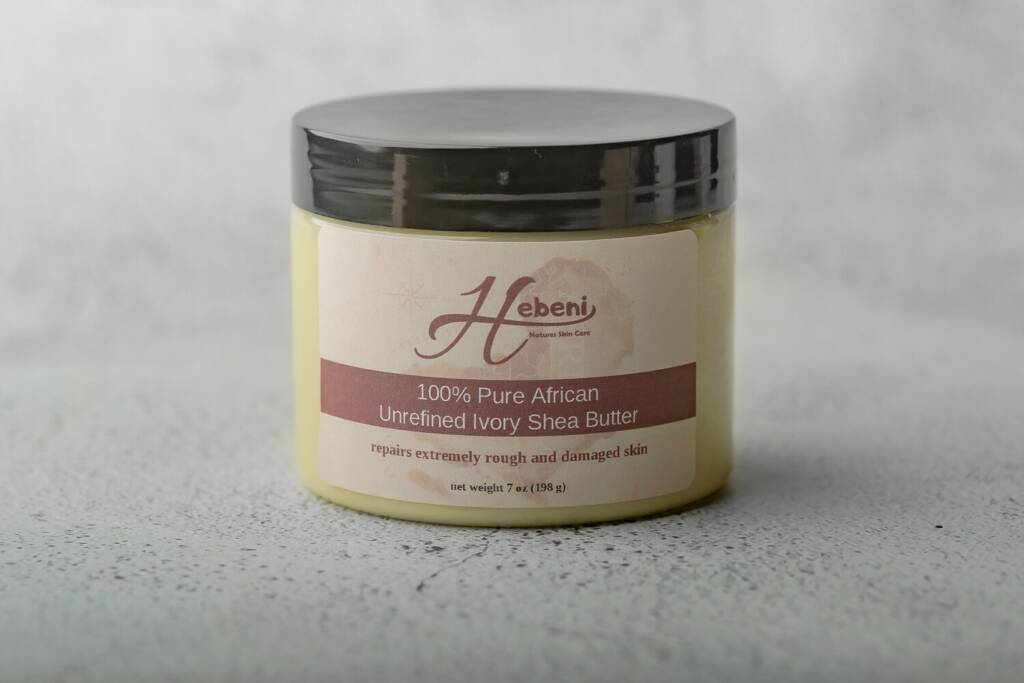
Combine multiple oils – What to do with hard oils?
Hard oils are a bit easier but at the same time harder to work with. As you add hard oils to the mixing bowl it will tend to stick to the sides or the top. Not to worry this will be sorted out a bit later.
Zero out your mixing bowl with your other oils in it then break off or scoop up chunks of your hard oil to put into your mixing bowl to measure its weight.
Rembember althoug it may be on the rim or on the insides of the bowl its weight is still being measured. As you get closer to your desired weight, in this instance for cocoa butter of 3.30oz. When you reach about 2.80oz you want to use a smaller spatula or scoop to add the butter/oil.
Add little by little until you reach the recipe amount.
What to do with small oil amounts?
Small amounts of oil will be required from time to time in soap making. These can be a bit cumbersome but still managable.
Using your measuring spoon, zero out your scale with the mixin bowl and other oils in it. Add bit by bit of this small amout of oil from your measuring spoon until you reach the desired amount.
Clean off your measuring spoon after each oil. There will be a thin covering of the previous oil on the measuing spoon hence a wipe down will remove this oil and prevent adding more than was needed of another oil.
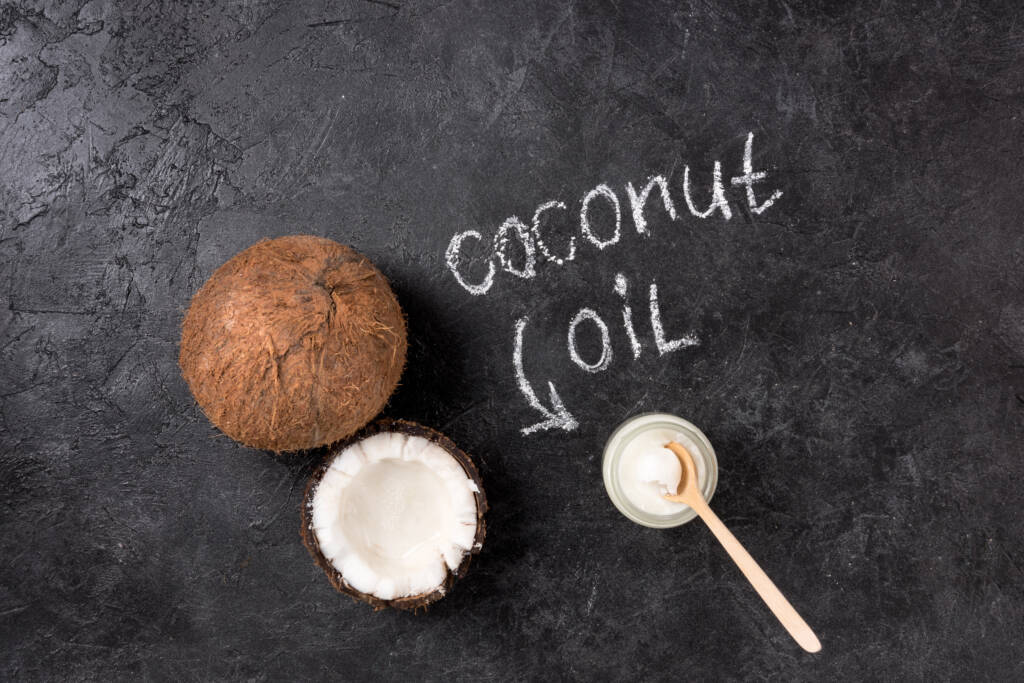
Combine your Oils
The process is pretty much the same for all the other oils.
- Zero out your scale with the mixing bowl and other oils
- Pour or scoop out your oil into the mixing bowl stoping close to the required amount.
- Use a measuring spoon to continue to add to the oil weight until you reach the required amount.
- Clean your measuring spoon between oils
The final step in combining your oils, especially when you have hard oils such as shea or cocoa butter is to warm the oils in the microwave to melt the hard oils.
Set the microwave for an initial 60sec burst, take the bowl out and stir to allow the heat of the soft oils melt the hard oil. Place the bowl back into the microwave for 30sec intervals taking it out to stir until all the hard oils have melted.
Now that all your oils are melted and as clear as can be, use you thermometer to check the temperature of the oils. Remember depending on your soap recipe you want to keep the temperature of your oils in close proximity to the temperature of your lye water.
Typically this temperature can be between 80-130 degrees Farenheit. Once your oils are melted and at the right temperature with your lye water you are ready to start soaping.
Recent Posts
Best Practices for Using, Storing, and Keeping Soap Molds for a Long Time
Soap making can be a rewarding and creative pursuit, allowing artisans to craft unique products while exploring their artistic side. One of the most critical components of this process is the soap...
Recommended Soap Molds Soap making can be an exciting hobby or even a profitable business but you wont get very far if you make a batch of soap and have no way to shape and mold it. This is where...
